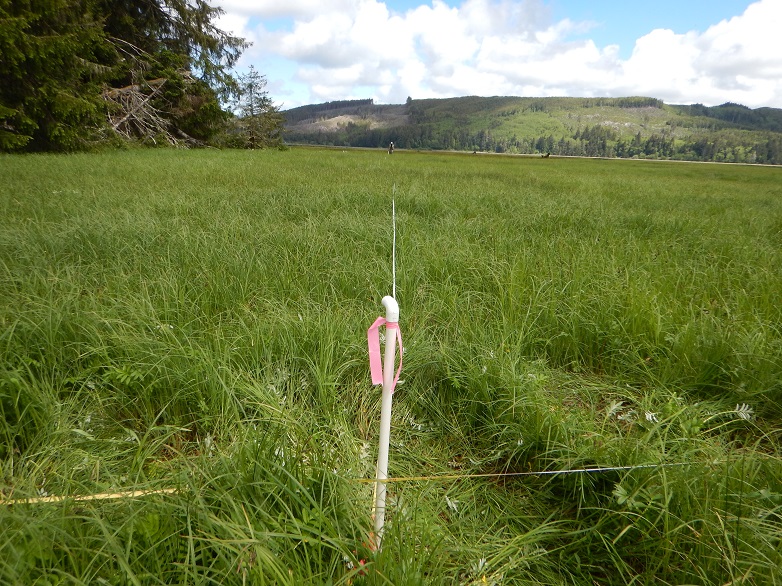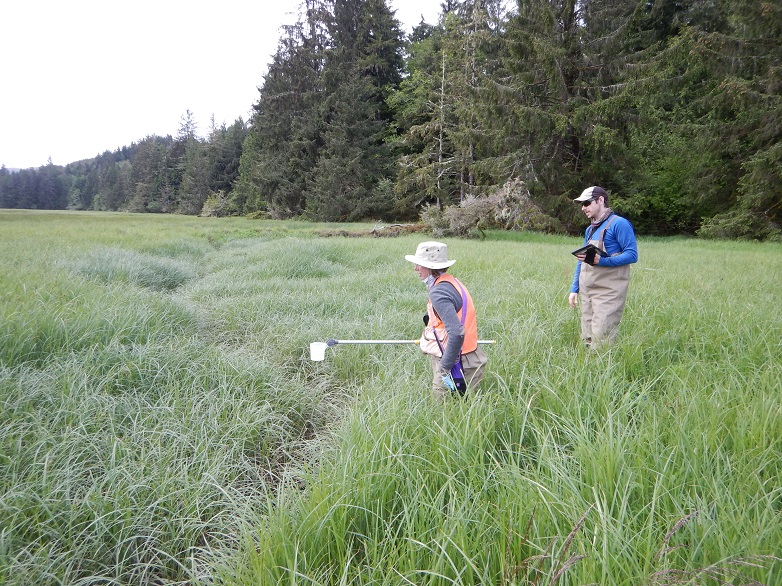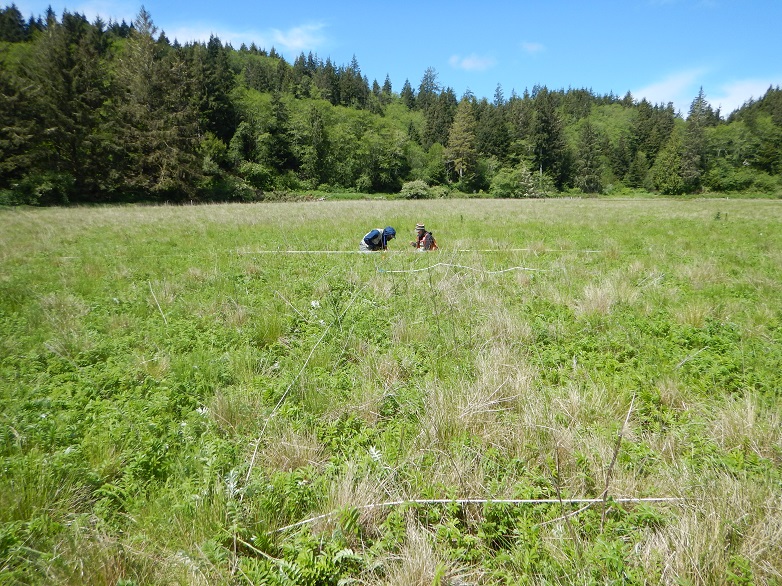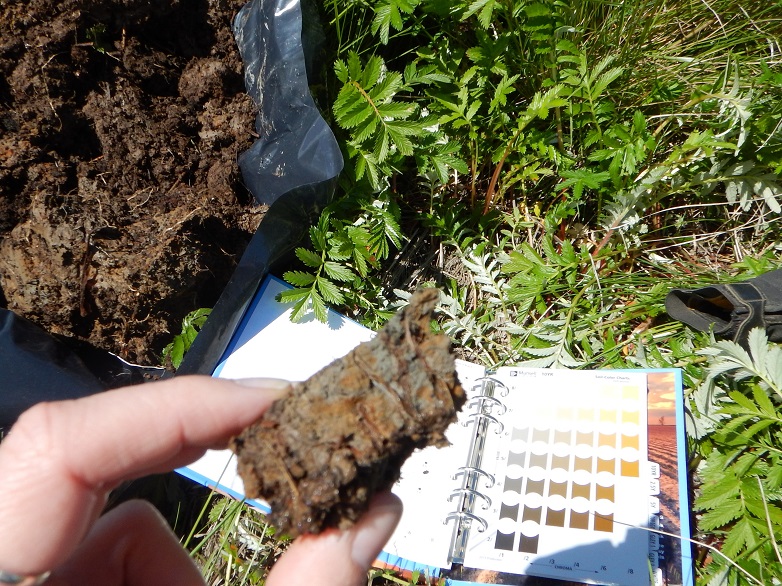National Wetland Condition Assessment
The National Wetland Condition Assessment (NWCA) is a national survey of ecological condition of the nation's wetlands and is one of the five National Aquatic Resource Surveys initiated in 2006. It is a great opportunity for our staff to learn more about wetlands in Washington so we can provide better guidance about their protection.
2021 survey
Our staff collected data from May through September for the 2021 National Wetland Condition Assessment — the third survey conducted for wetlands. We collaborated with the Quinault Indian Nation and the Washington Natural Heritage Program to sample 32 sites selected by the U.S. Environmental Protection Agency (EPA) for assessment in Washington in 2021. We sampled vegetation, soils, hydrology, algae, water chemistry, and potential stressors at each site.
We also assessed each site using the Washington Wetland Rating System and Washington’s Ecological Integrity Assessment. The application of these rapid wetland assessments will allow Washington’s wetland program collaborators to further understand the results from the assessments and to calibrate the information the assessments provide. This opportunity also corresponds with goals and actions identified in Washington’s Wetlands Program Plan and draft Monitoring and Assessment Strategy.
EPA released the 2021 NWCA web report on Dec. 19, 2024. You can access all of the information and supplemental materials on the NWCA 2021 Results web page.
The next National Wetland Condition Assessment survey is planned for 2026.
Background on the survey
The National Aquatic Resource Surveys provide nationally-consistent and scientifically-defensible assessments of lakes, rivers, wadeable streams, coastal waters, and wetlands, and can be used to track changes over time. One of the purposes of the survey is to report to Congress on the condition of the nation's wetlands with data that are statistically valid and environmentally relevant. The study is the product of cooperation and collaboration between the EPA, Natural Resources Conservation Service, state natural resource managers, and scientists. EPA provides the funding for the study and states often conduct the fieldwork and provide expertise to complete the assessment.
The NWCA is being used to:
- Determine the national & regional condition of wetlands (NWCA findings are not state specific)
- Develop baseline information to evaluate change in condition over time
- Build state and tribal capacity for monitoring and analyses
Results and findings from the NWCA are not used by EPA or the state for regulatory purposes in Washington. Data from sites in Washington contribute to the national averages for condition among different wetland types and regional averages for the western states.
Past surveys were conducted in 2011 and 2016. EPA requires that two sites be resampled within the same season to estimate variability within years. Of the 1,179 sites nationwide, a total of 15 wetland sites were selected by the EPA for assessment in Washington in 2011. Including the two revisits, we conducted 17 site visits to collect data during the 2011 survey. The 2011 survey provided a baseline for assessment of the ecological condition of wetlands in the United States, and stressors that can lead to poor wetland condition. The 2011 survey found that wetlands in the western United States had the lowest percentage of wetland area in good condition. The findings may have been a result of a smaller sample size in the west due to higher cover of arid lands in the region. Key findings are summarized in EPA’s 2011 report.
In 2016, Ecology, the Quinault Indian Nation, and a contractor for EPA sampled 40 wetland sites in Washington, out of 1,077 sites nationwide. EPA included additional sites in Washington and other western states in 2016 to address the issue of sample size from the 2011 findings. Key findings are summarized in EPA’s 2016 report.
Related links
Contact information
Amy Yahnke
amy.yahnke@ecy.wa.gov
360-688-4263






